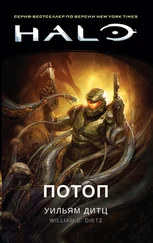He nodded. “Yes, ma’am.” But Mac could see the pain in Sleeping Beauty’s eyes and knew that some vestige of it would live there forever. “I think Short Bird killed the tank,” she said, in an attempt to change the subject.
“No, ma’am,” Riley said from the seat next to her. “The Hellfire missile was fired by a Predator drone. It’s circling overhead.”
I’m going to survive, Mac thought to herself. Again. She looked down at her hands. They were steady. Why? Mac closed her eyes and let her helmet touch the hull. Three people had died in order to save a comrade. It didn’t make sense. Not mathematically. Yet, it did. And Mac felt proud.
FORT KNOX, KENTUCKY
The lighting was dim and the mood in the subterranean situation room was dark. People spoke to each other in hushed tones, as if in church. And no wonder. Live video was streaming in from Missouri, and all of it was grim. It appeared as if multiple tornados had ripped through Kansas City, leveling everything in their path. Malls, schools, homes… Everything.
And, according to preliminary estimates, more than five thousand people had been killed. But not by Mother Nature. No, this destruction had been wrought by man. Specifically, three B-2 Spirit stealth bombers based out of Lackland, Texas. Somehow, in spite of all the technology that was supposed to spot them, the planes had been able to cross into Union territory undetected.
Up until that point, neither side had intentionally bombed population centers. And that was something Sloan took pride in. The people who lived south of the New Mason-Dixon Line might be rebels, but they’d been Americans once and would be again one day. How could he bring the country back together if he bombed their homes?
President Lemaire had drawn the same line until now. Why the change? The answer was obvious. In spite of the stalemate on the battlefield, the North was winning. How wasn’t clear. Maybe perceptions had begun to change now that Southerners had lived under the oligarchs for a while. Perhaps government polling reflected that.
There was also the possibility that the resistance movement was gaining traction, or that Northern psyops efforts were succeeding, or who knows what else? Whatever the reason, the decision had been made to escalate. What to do? Sloan and his advisors would have to decide.
Secretary of Defense Frank Garrison was in the room along with Chairman of the Joint Chiefs General Herman Jones, National Intelligence Director Martha Kip, National Security Advisor Toby Hall, and half a dozen others. They were seated around a long oval table—and all of them were staring at Sloan. That was when Sloan realized that he’d been silent for an uncomfortably long period of time. He cleared his throat. “Yes, well, you’ve seen the damage assessments. I’m sure you have suggestions about how to deal with this horrific act. Let’s start with General Jones.”
Jones had a buzz cut so short his black hair was barely visible against his brown skin. He had bright brown eyes and a square chin. “I’d like to tackle the second issue first,” Jones said. “Efforts are under way to figure out how the rebs managed to suppress our detection systems. That’s the first step.
“We will also increase the number of E-3 airborne early-warning and control missions. And, if you approve, we’ll move some surface-to-air batteries down from the Canadian border. Finally, we’re going to borrow twelve fighters from the navy in order to increase the number of interceptors available to deal with incursions.”
“I like it,” Sloan replied. “All except for moving the surface-to-air batteries. I don’t trust the folks who are leading Canada right now. Let’s leave the missiles where they are.” Jones nodded and made a note on the pad in front of him.
“Now,” Jones said, as he looked up, “let’s talk about offense. As it says in Leviticus, ‘an eye for an eye.’ Just say the word, and we’ll level the city of Dallas.”
The recommendation, or something like it, was what Sloan had expected to hear from Jones. And there was no way in hell that he was going to agree to it. But experience had taught him that it was best to let everyone have a say before saying no. And maybe, if he got lucky, someone else would take issue with the idea.
Sloan thanked Jones and continued to call on people until each person had spoken. All of them offered good suggestions, but only one of them took exception to Jones’s plan, and that was Secretary of Homeland Security Roger Alcock. He was from Colorado—and favored cowboy hats, bolo ties, and Western boots.
“With all due respect, General,” Alcock began, “I think your plan is a bit shortsighted. Let’s say we succeed, and we level Dallas. Or some other city. How will the rebs respond? They’ll destroy Philly or some other soft target. We will retaliate, and so on, until the entire country is a field of rubble. There has to be a better way.”
Sloan took the opportunity to jump in. “I agree. But we can’t sit back and take it either. The general’s right about that. So while I oppose carpet bombing Dallas, or any other Confederate city for that matter, I don’t object to hitting strategic targets. And I have some in mind. As you know, Texas had something approaching energy independence prior to the war. What you may not be aware of is that in spite of a well-earned reputation for pumping oil, the Lone Star State was the nation’s fourth largest coal producer when the meteors struck.
“But here’s the rub… The stuff they mine in Texas is a low-grade form of coal called lignite. It’s found in deposits that sweep from the northeastern edge of the state down south. And guess who owns eleven of the twenty-four mines in the state? The answer is Coruscant Southwest, the largest electric utility in the state. The same company that enables Lemaire to provide his constituents with cheap electricity even as it pollutes their air.
“But that’s not all,” Sloan added, as his eyes roamed the faces around him. “Coruscant’s CEO sits on the Confederacy’s Board of Directors… So, if we strike a blow against the company, we strike a blow against him.”
“I don’t know,” Jones said doubtfully. “I guess we could drop some bunker-busters on top of the mines. That would shut them down for a while… But deep targets are difficult.”
“I have some good news for you,” Sloan replied. “Most of the coal mines in Texas are located in rural areas. That limits the possibility of collateral damage, and they’re on the surface. Destroy the draglines used to harvest the lignite, and the operators will be out of business. What do you think?”
All eyes were on Jones. He smiled. “Holy shit, Mr. President… No offense, but I’m not used to getting targeting guidance from civilians! But I like it. We’ll put those mines out of business by this time tomorrow.”
There was more. And an hour’s worth of discussion followed. Sloan should have felt better as he left, but he didn’t. Another problem loomed. How to best part company with Beth Morgan? Especially now that the FBI investigation inspired by Beth’s journalism was over, Senator Pickett had been arrested, and Sloan was about to benefit.
But the need to part company with Beth had been clear to Sloan ever since the evening when he’d met with Robin Macintyre. He was unhappy already. But seeing Mac, and talking to her, had given him the impetus to do what he’d been putting off. Tonight, Sloan thought to himself. I’ll do it tonight. The prospect filled him with dread.
It was a full day. There were all the usual briefings to attend in the morning, a related press conference to survive at one, and a signing ceremony at three. The Whigs had done everything in their power to oppose the America Rising Reconstruction Bill but hadn’t been able to stop it, and that was something to feel good about.
Читать дальше
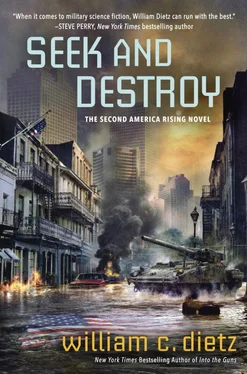
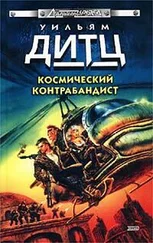
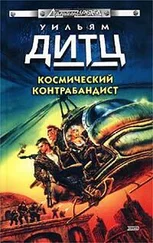

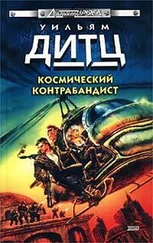
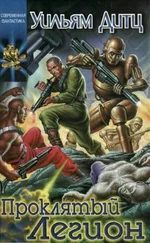
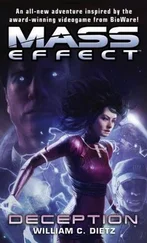

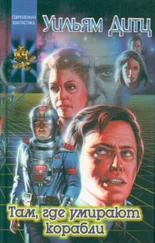
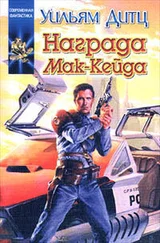
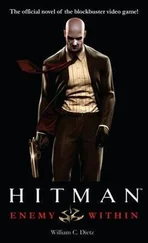
![Уильям Дитц - Избранные произведения в одном томе [Компиляция]](/books/389750/uilyam-ditc-izbrannye-proizvedeniya-v-odnom-tome-k-thumb.webp)
